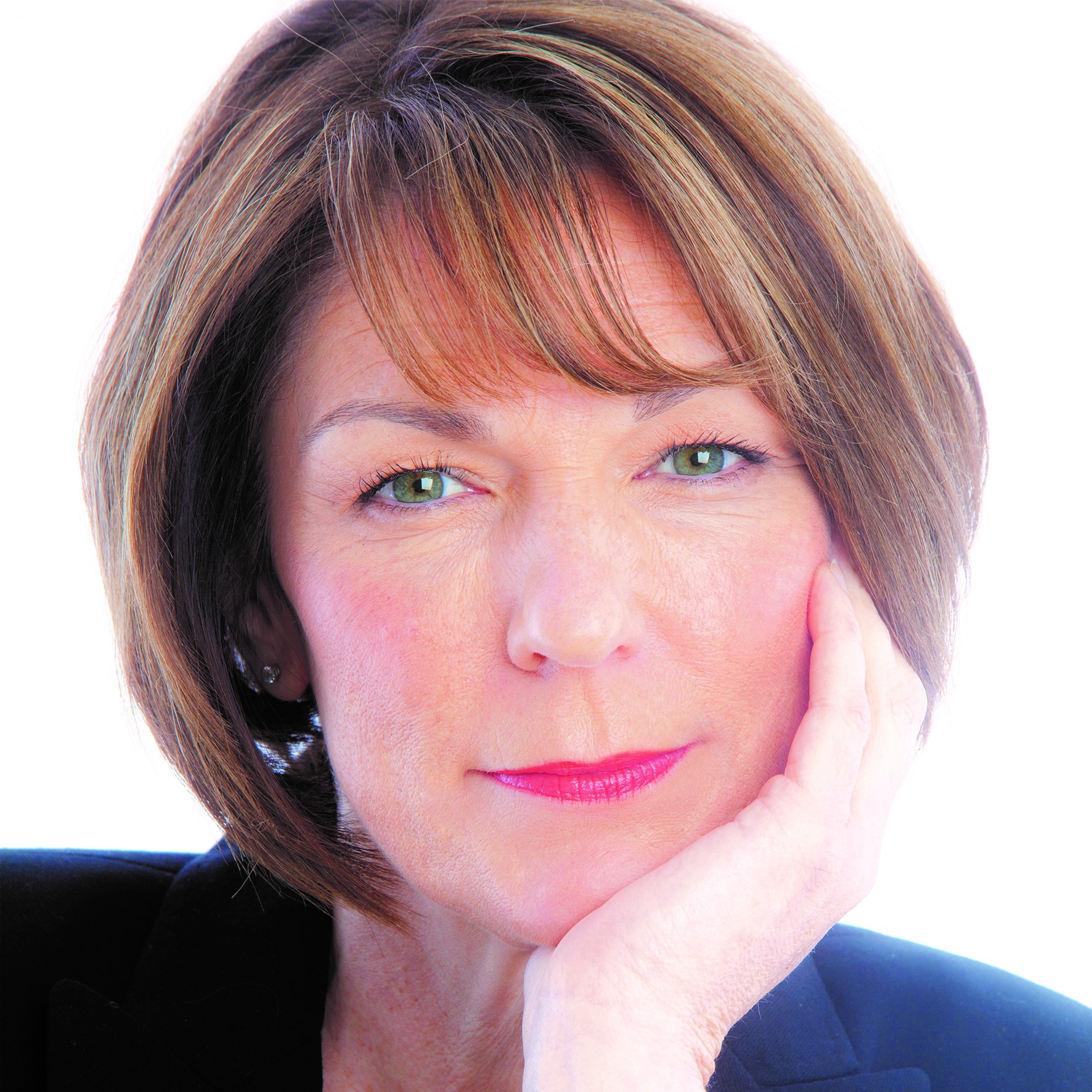“You, my beautiful, classy, sexy lady need to let a (real) man hold up the sky for you, so you can discover what true femininity can be like. Can’t wait to see you again!”
I couldn’t believe the text I was reading. As someone who spends their working day talking about the reality of gender parity, I am only too aware that our current rate of progress is soooooo slow. It won’t be my daughter who stands the same chance as my son of being the next CEO in most organizations. It won’t even be my granddaughter who has parity with my grandson – it will be my great-granddaughter.
But I was shocked by that text. The sender was a man I had met the previous night – an intelligent man who had worked globally in large corporates for most of his career. We had spent a lovely few hours discussing our lives and our jobs – including how I built a global diversity and inclusion training business, and how I am regularly consulted by leaders across the world, speak at conferences, and travel the globe.
The next day THAT text arrived! I stared for a while – and wondered if we had been on the same date. The bias in every word was palpable. I hadn’t spotted that at all when we met – it was a balanced conversation between two accomplished people. At no point did I feel the need to offer to save him – or hold up his sky.
Layers of Unconscious Bias
But it did make me wonder – if that is his deep programming, that I need to be saved, and we had been in a work situation, would I have been sent to Nigeria to speak at that key conference? Been given a team in Saudi Arabia to manage? Or been put on the business-changing project – especially if there had been a man around who didn’t need the sky holding up…?
Through my work, I see the layers of unconscious bias that stand in the way of true gender parity. Companies that are proud to take on a 50/50 gender mix at graduate level see this diminish as you look up through the organization. At some point, a bias kicks in that says: “Not a woman, not in this job, not at this level of seniority.”
The effects are apparent in other ways too. If you subconsciously believe me to be weaker and more vulnerable, you may not give me instant or direct feedback in the same way you would with someone who did not provoke those thoughts. I then don’t get a chance to improve and change – and, when it comes to performance results, mine are not as good as… well, the man who is expected to be able to “take it”.
I don’t for one minute believe that the leaders of our major organizations leap out of their beds each day declaring: “I am here to move forward the strategy of our business – oh, and while I’m at it, I’ll keep all the women out of the senior ranks.” But it happens – and it happens for many reasons.
The Bias of Benevolence
However, when we look deeper, we see a very specific bias at work. The bias of kindness – the bias of benevolence. It’s born out of the deep programming that, ultimately, women are the ones who may well need to be saved. We can blame fairy tales and Disney – but it is a more complex programming.
Regardless of great intentions, if your deep – and often hidden – belief is that you must protect one person more than another due to their gender, then you will opt to not send them on a “difficult” project, you won’t ask them to deal with a challenging client, and you won’t appoint them to a role in an 80-hours-a-week transformation project.
We see this most clearly on the return from maternity leave. Assumptions are made that the returning mother won’t want to be put on the long-hours project, or asked to work away from home two days a week. Instead, we assume a man can and will – even if he has a new family. The impact on both of these careers is tangible. He increases his network and experience – creating privilege. She is not even aware that she may have been considered, as most of us are not aware of our unconscious brain counting her out. It is through kindness, through caring – but it can be devastating.
Interestingly, I sent THAT text to some of my girlfriends for their opinion. The most telling was one of the most successful feminist international bankers I know, who said: “I don’t know if I want to kill him or marry him!”
And therein lies the rub. Women are programmed with this too. Perhaps this also shines a glimmer of light on the adage that C-suite women often fail to bring others up – the “pulling up the ladder”
theory when we see a female CEO with an all-male executive team. But what if it is actually a complex hidden assumption that kicks in when we consider who is likely to be a senior leader? We may well be thinking that it needs to be someone more resilient, tougher, more mobile – and, if we are unconsciously thinking that women may need to be saved, it figures.
So, no – there was no second date. I figured I change minds for a living, so I don’t want to do it at home too!


